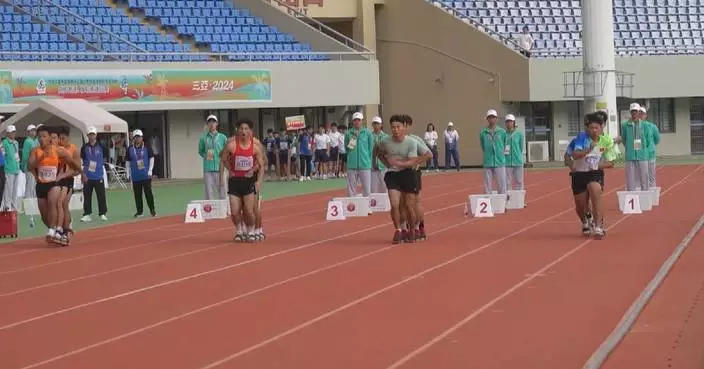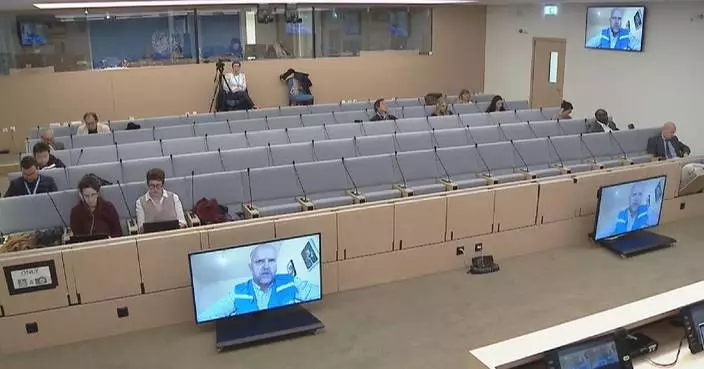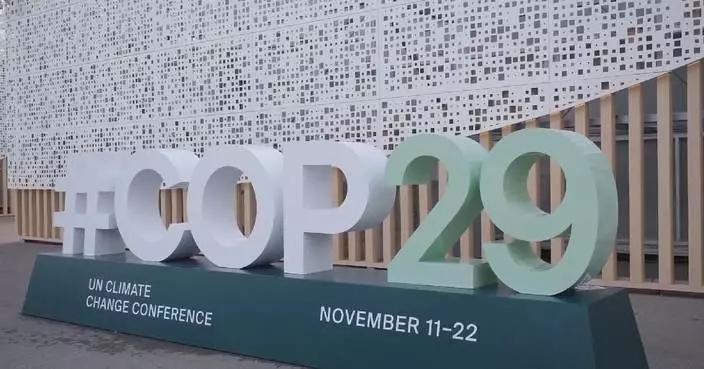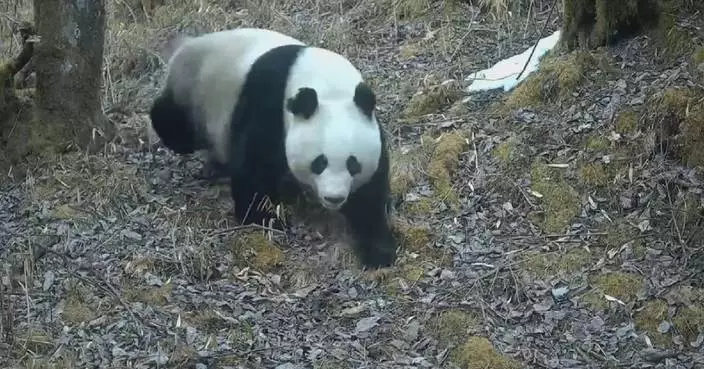China's first large-scale production line for civil aviation tires is now operational in south China's Guangxi Zhuang Autonomous Region, with an expected annual output of 100,000 high-performance tires.
On Thursday, an Airbus A320 landed smoothly in Guangxi's Guilin City, marking the first successful test flight of a civil aviation aircraft fitted with domestically produced aviation radial tires.
The aviation tire was developed by Lanyu Aircraft Tire Development Company, a subsidiary of Sinochem Holdings.
Currently, this new digital civil aviation tire production line can produce tires for six different aircraft models and 12 specifications. Previously, the tires produced by the production line had already been compatible with aircraft models such as the C909, B737, and A320.
At present, 98 percent of the aircraft tires used in China's civil aviation are imported. The operation of the new production line marks a significant step, as China has now gained the capacity to domestically produce tires for its aircraft models. "There are more than a thousand tire companies in the world, but only a dozen can produce aviation tires. The completion of this production line represents a key breakthrough in China's aviation tire manufacturing, marking the shift from zero to one. The line's capacity can meet around 40 percent of the current domestic demand," said Lu Hengyu, a principal of the Lanyu Aircraft Tire Development Company.
In addition to serving domestic customers, the company also plans to expand into overseas markets, with the goal of achieving large-scale commercial use of its tires by both domestic and international airlines.
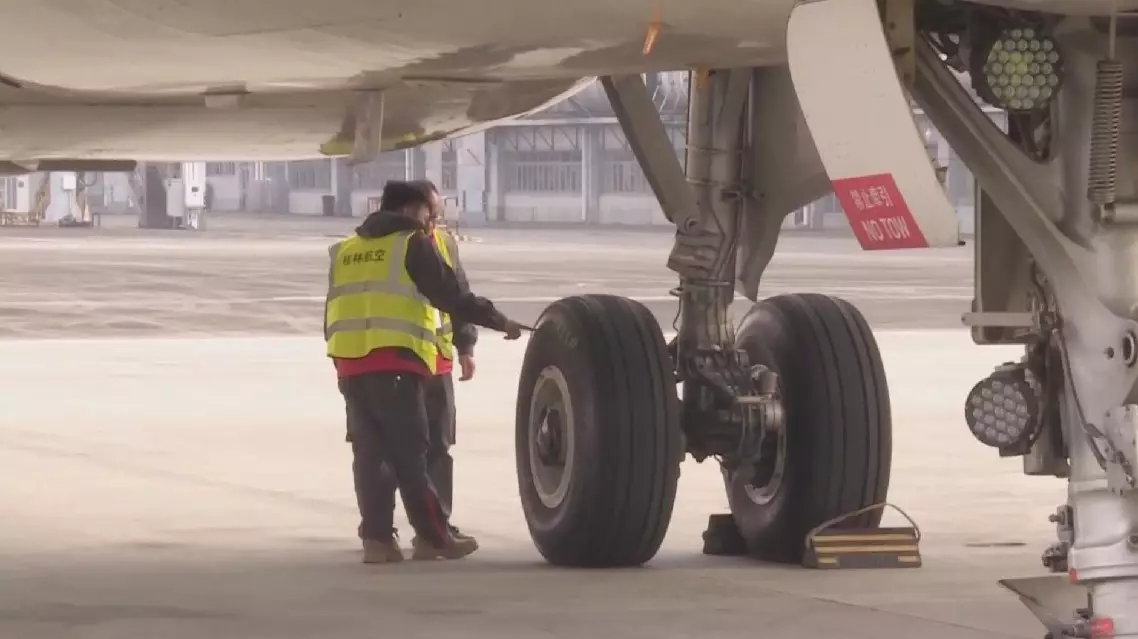
China's first large-scale civil aviation tire production line begins operation
A delegation of Samoan officials, led by the country's Prime Minister Fiame Naomi Mata'afa, arrived in south China's tech hub of Shenzhen City on Friday to explore the city's practices in areas like environmental preservation and urban development.
Earlier, the Samoan prime minister arrived in Shanghai on Wednesday for a nine-day visit to China. During her trip, Mata'afa will focus on exchanges with China in areas related to the economy, education, agriculture and environment.
In the coastal mega city of Shenzhen in Guangdong Province, Mata'afa visited the Futian Mangrove National Nature Reserve, highlighting the importance of mangrove forests for marine wildlife and the habitats of coastal communities in both China and Samoa, a Pacific island nation.
Samoa is one of 18 countries that signed an Establishment Agreement for an International Mangrove Center in Shenzhen. The historic agreement, signed on Nov 6, was made possible through years of cooperation between the two governments.
"Today, we primarily briefed [on] the status of mangrove conservation in China, focusing on the establishment of the International Mangrove Center in Shenzhen. Notably, we highlighted the contributions made by Samoa, which has significantly aided our international mangrove conservation efforts," said Yang Qiong, professor of senior engineering at the Guangdong Neilingding Futian National Nature Reserve.
During a visit to a smart city exhibition center, the Samoan delegation showed a keen interest in Shenzhen's digital management practices.
For countries like Samoa, implementing a smart system for cities could be more achievable with clear government strategies and advanced technology.
"If the size of the country is small, it may take less time to do digital twins and support government decision-making, and it may be easier to build smart cities," said Zhang Jun, deputy director of the Services and Data Management Bureau of Shenzhen Municipal Government, at a meeting with Samoan officials.
After touring an exhibition hall showcasing local reform and opening-up achievements, the delegation was deeply impressed by the remarkable economic development made in Shenzhen and the rest of Guangdong Province, which they believe should serve as a model for Samoa.
"From Samoa's point of view, we are very impressed, particularly with the transformation over the last 40 years. I think with the pace in the progress of the transformation, Samoa has a lot to learn from the way that this province has transformed itself," said Samoan Finance Minister Lautimuia Uelese Vaai.
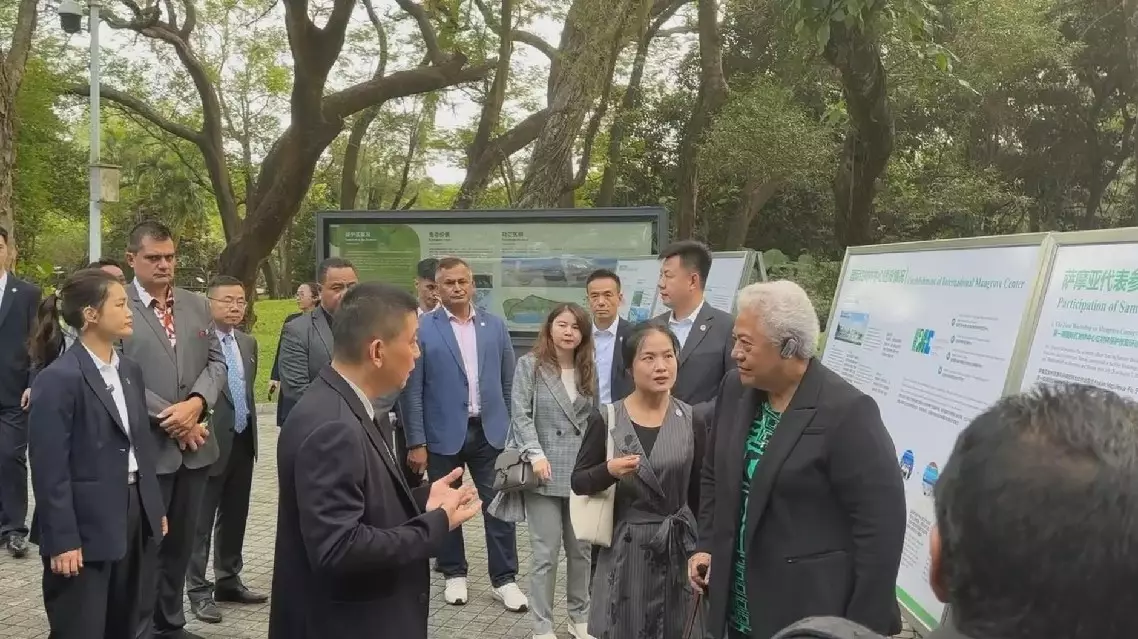
Samoan officials visit Shenzhen for exchanges on environmental issues, urban development




